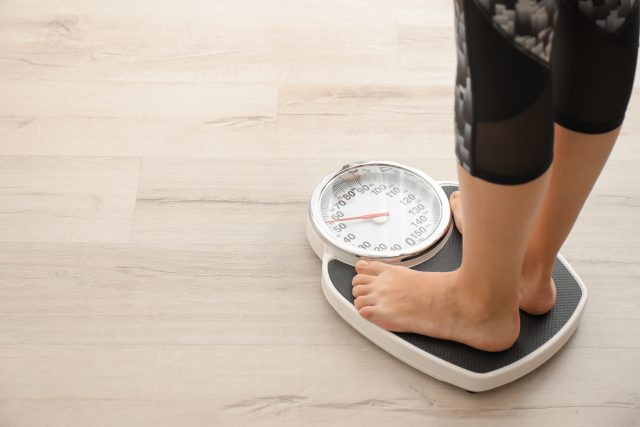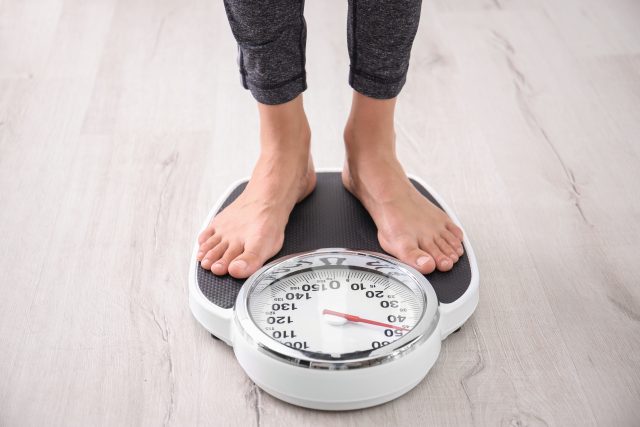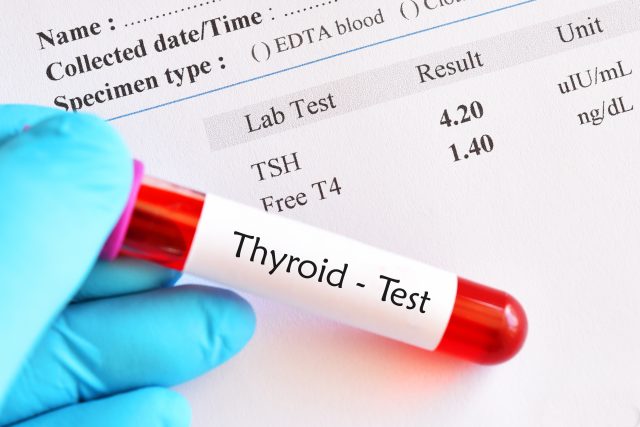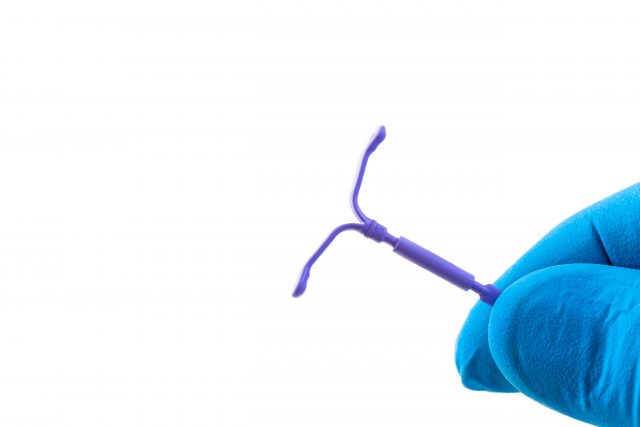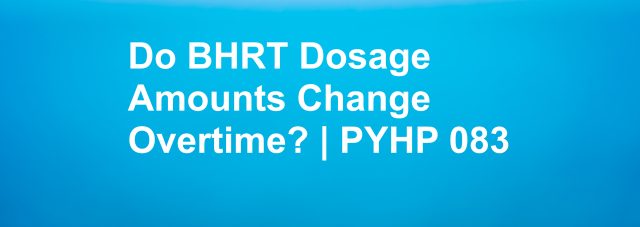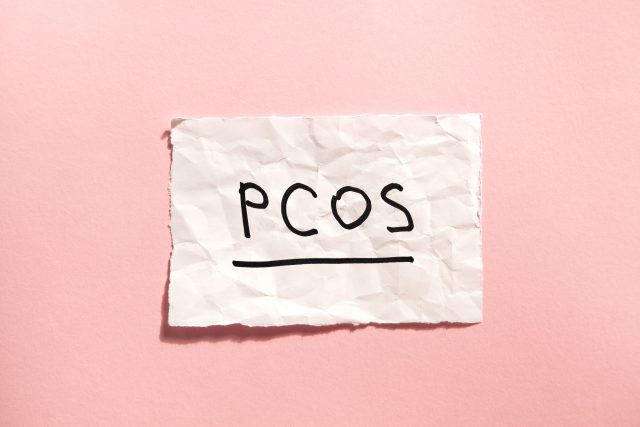How To Cycle Bioidentical Hormones? | PYHP 091
Description

Question:
How to cycle bioidentical hormones?
Short Answer:
When it comes to BHRT dosing, the two main options is static dosing and rhythmic dosing. Static dosing is by far the most common, but depending on the patient’s symptoms and goals, rhythmic dosing might be a better option. We like to use rhythmic dosing with testosterone for men almost exclusively. We are not fans of injectable testosterone or hormone pellet implants.
PYHP 091 Full Transcript:
Dr. Maki: Hello, everyone. Thank you for joining us for another episode of the Progress Your Health podcast. I am Dr. Maki.
Dr. Davidson: I am Dr. Davidson.
Dr. Maki: How are you doing this morning?
Dr. Davidson: I am doing great. Spring is here in Washington. It is beautiful. The plants are growing, birds are singing.
Dr. Maki: Yeah. We are getting a little bit of rain but a lot of it has been coming at night. In spite of the lockdown, we are still getting some really nice weather. We have been able to spend some time outside. The plants are growing, a lot of weeds. We have a bunch of, what are they, raspberry bushes or blackberry bushes. They are kind of going a little crazy.
Dr. Davidon: They are blackberry bushes. Blackberry bushes grow like weeds here in Washington, which is fun in August because then you get to pick them and eat them, but I definitely have a lot of scratches on my legs from tramps and throw them.
Dr. Maki: Oh my God, yeah. Then, we played with the dog outside. He likes to play with the tennis ball and then chuck it. We live on a kind of a busy road. They are out in front in our yard, and they kind of kind of create a really nice fence because he is very careful going around those bramble bushes or blackberry bushes. He tiptoes in them very carefully. He does not want to hurt his little paws.
Dr. Maki: On today’s episode, we are going to talk about rhythmic dosing. The title of this one is How to Cycle Hormones but we are specifically going to talk about the difference between or the two options, the two main philosophies for hormone replacement: static dosing which is the more common type, and then rhythmic dosing which is in some ways maybe our favorite, or at least my favorite anyways in the right circumstance. It is not right for everybody but there are certain situations where, I think it is the right situation for men pretty much across the board, but we will kind of discuss some of those. Why do not we dive in? First, let us talk about the static dosing, kind of what that involves and entails, not every aspect of it but just an overview and then we will come back around and talk a little bit more about the rhythmic dosing.
Dr. Davidson: Exactly. With bioidentical hormone replacement, static dosing has been kind of like the norm or probably what people think of when doing the hormone replacement but the rhythmic dosing has been around for a long time, and it is a completely different way to dispense and dose hormones. Like Dr. Maki said it is not that we have one that is a favorite. It really just depends on the individual because with bioidentical hormones in general, I mean, you have to tailor it specifically to that person whether it is a male or female because you can cycle hormones with men, you can cycle hormones with females. In terms of the static dosing, that is where you are taking a particular dose of the hormones every day, same dose, twenty-four seven.
Dr. Maki: Yeah, right. Excuse me. The rhythmic dosing and as with most hormones in the body, if not all hormones in the body, they tend to have literally their own rhythmic pattern. They oscillate. They rise, they fall. They rise, they fall. They rise, they fall. In the static dosing, like you said, it is just the same dose every day. There is no change to that dosage over a course of a given month, or really, you might change the overall dosage from a certain, let us say from 2 milligrams to 3 milligrams, or 4 to 5 milligrams but it just stays the same every single day.
Dr. Davidson: Exactly. You might be doing an estrogen component for that hormone replacement like a biased, and you might be doing like Dr. Mackie said, maybe 2 milligrams twice a day, 2 milligrams once a day, but every day is the same. Granted, we have patients that “Oh, I forgot to take it today,” and that is okay. For the most part, it is pretty easy because you do not have to really think about it. You are just like, “Okay, it is time to take my hormones.” You know exactly what dose to take.
Dr. Maki: Yeah, right. Then, of course, with the estrogen component, there would be a pair with that, some type of progesterone. The way that we prefer to do it with the static dosing is we would provide some type of a capsule progesterone, usually 100 milligrams. Like you said, they would take their bias twice a day, morning and evening. They would take their progesterone at night. Unless we change the total amount of that dose over a course of a week or a month, or until that concentration was increased, the dose would never change.
Dr. Davidson: Now, we are talking about basically sex hormones. For women, it would be estrogen and progesterone, possibly a little bit of testosterone. For men, it would be testosterone. We are not necessarily talking about thyroid doses or that kind of thing, but with the hormone replacement for basically the sex hormones, static dosing is convenient. You can travel with it. You do not have to think about it. It is one way that you can dose the hormones especially for menopause, for menopausal females, because their ovaries are no longer producing hormones. It is a great way to give somebody some hormones without doing too much hormones but just enough to kind of help with the brain, with cardiovascular, with bone density, with anti-aging. Sometimes, I will pick more static type dosing if we are keeping the hormones a little bit to the minimum where we had talked about the rhythmic dosing, that actually is a little bit different because when you think about rhythmic dosing or actually just think about a cycling female, their hormones are being produced. You basically ovulate right around day fourteen. Your estrogen peaks on day twelve. Your progesterone peaks on day twenty-one. Really, in a cycling female, you do not make progesterone until after ovulation. When you are doing a rhythmic style, it is completely different than doing a static dose.
Dr. Maki: Yeah, right. The whole point of the rhythmic dose is you are basically trying to recreate the classic twenty-eight-day cycle for a female, and a female cycle is broken up. If you looked at it, if you graphed it out, and these are all over the internet. They are probably even if you go to the gynecologist office, they probably have these charts on the wall where you see the changes over the course of that twenty-eight days and how the hormones are changing as a result. Like you said, you have a peak on day twelve, that is where your estrogen level is the highest. That is kind of the hallmark of the follicular phase. You ovulate right in the middle, day fourteen, day fifteen, that usually coincides with the peak of testosterone. Then, day twenty, day twenty-one, you have a peak of progesterone, that kind of hallmark’s the luteal phase. Now, granted, that is a lot of moving parts for a woman for her hormones to be changing. That is why the cycle gets, sometimes, that is why there are problems with the cycle because there are so many moving parts. Men still have their own rhythm but it is not quite so convoluted like the female cyclist.
Dr. Davidson: Like Dr. Maki said, in that rhythmic dosing of the female hormones, you really are recreating the same levels of hormones in your blood in your body that you would be as a twenty-eight year old female. If you think, that can be a lot of hormones, and some women do amazing on it. They love it. It is great where maybe there is another individual that is more sensitive or we do not necessarily want to do those levels of hormones, then doing a static dose where you can have a little bit lower levels so when you do test it, their blood work, their blood work is still showing kind of age-appropriate. You just have a little slight increase in the hormones to help with whatever symptoms, and anti-aging, and moving forward with their own personal goals.
Dr. Maki: Yeah. The real big distinction, like how do you decide between static dosing as the practitioner or is the patient, how do you decide between static dosing and rhythmic dosing, and the really big th


